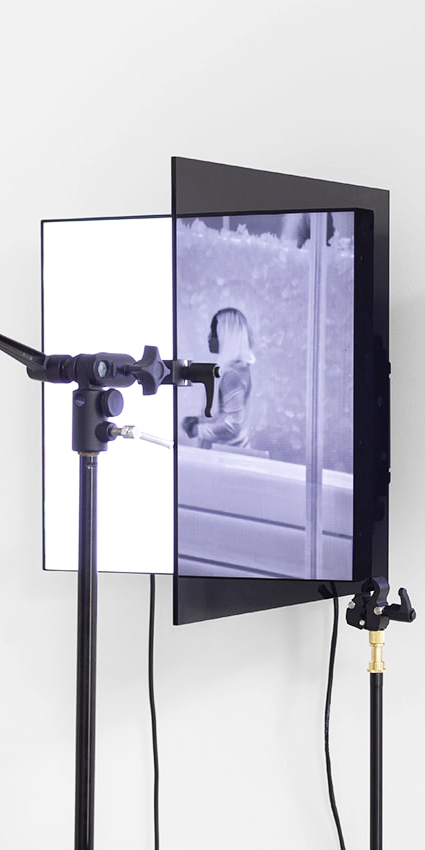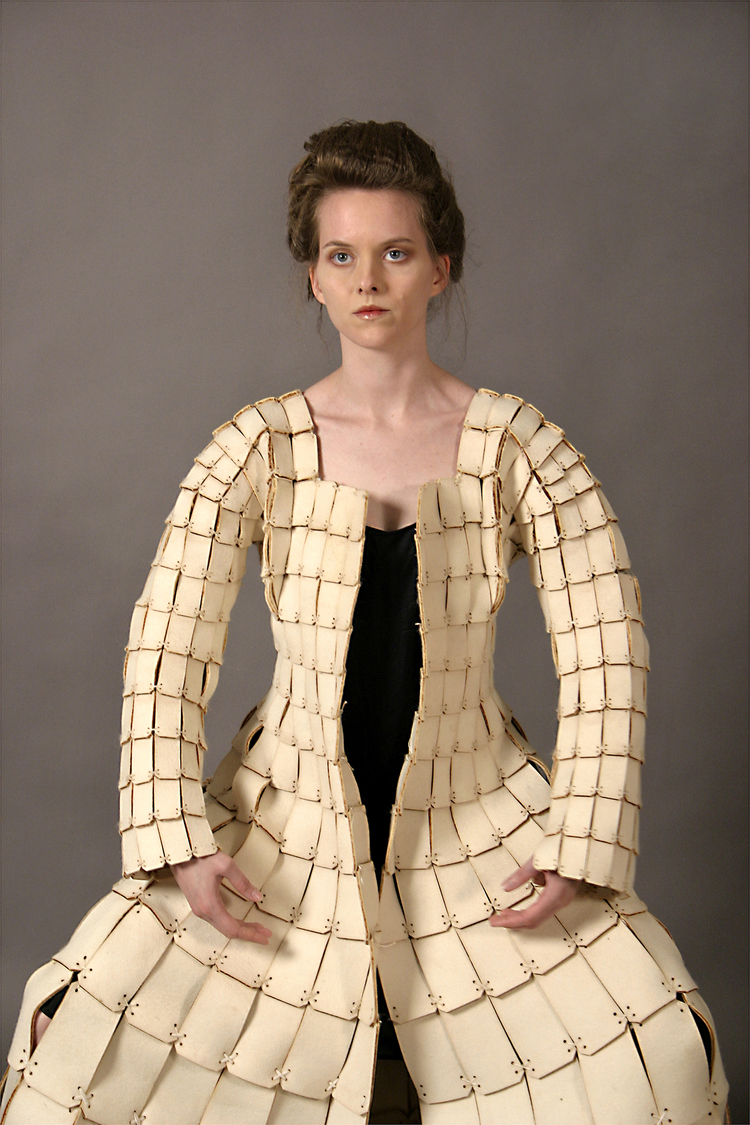
EMMANUEL VAN DER AUWERA
Vidéosculpture XXI
Les VideoSculptures de Van der Auwera prennent une nouvelle position pour explorer les intersections de la vie numérique et physique et comment le filtrage des images dans la production, la diffusion et la digestion modifie à la fois la perception individuelle et l’expérience consensuelle. Utilisant l’écran comme matériau sculptural, ces œuvres sortent les images du cadre de manière low-tech. Ils commencent par un acte de destruction alors que l’artiste prend littéralement un couteau sur un écran pour découper des couches physiques. À l’insu de la plupart, ces couches sont des filtres qui adhèrent à chaque écran LCD. Sans la médiation de ces filtres, les images deviennent impossibles à voir à l’œil nu et le bruit blanc remplit l’espace.









